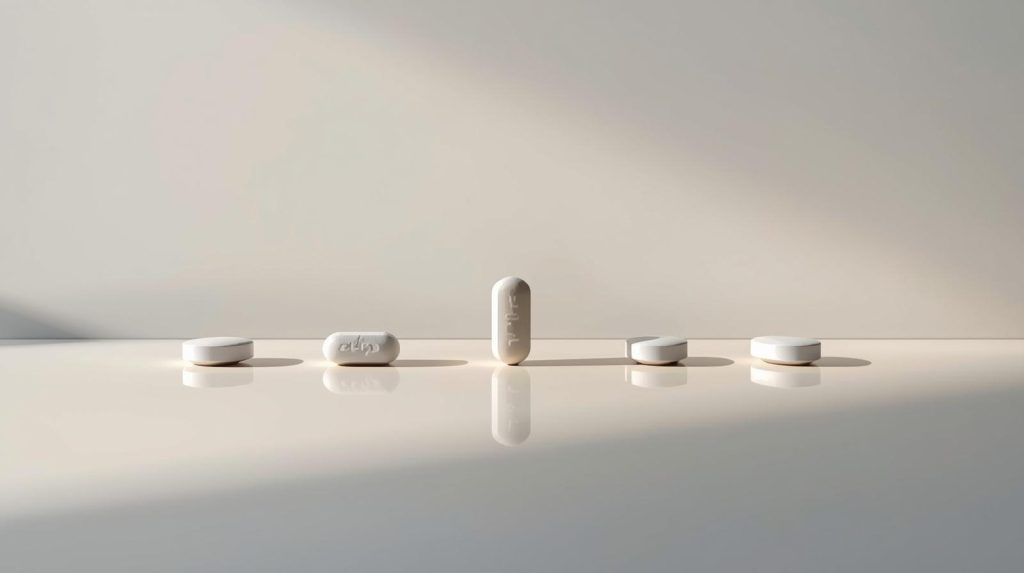“Design is not just what it looks like and feels like. Design is how it works.”
— Steve Jobs
Often overlooked, and in the shadow of the flashiness of a cool brand or the wow factor of a new technology, design rights have long played the role of the quiet achiever in the IP world. While patents and trade marks often dominate the conversation, registered designs (or design patents) offer a surprisingly potent and underutilised layer of protection – especially when strategically aligned with other forms of IP.
Designs influence consumer choice. A sleek appearance, ergonomic feel, or unexpected flourish can be the decisive factor in a purchasing decision. From kitsch to cutting-edge, thoughtful design transforms the mundane into the desirable. Or the bargain aisle to a high-end store.
Design rights are not just stand-alone protections, but are key components in robust, multi-pronged IP strategies that anticipate competition and elevate product value.
Why Design Rights Matter
In some countries such as New Zealand, unregistered rights in the form of copyright law can protect industrial designs.
This “additional protection” is not common and, in most countries, copyright only protects artistic, literary, and musical works along with software code – but not functionality.
While patents can secure functionality, design registrations (or design patents) fill the gap in registered rights for how something looks – a space crucial in industries where aesthetics count.
Design rights:
- Are faster and more affordable than patents
- Protect shape, configuration, pattern, or ornamentation
- Can deter close copies at the early stages of market entry
- Often serve as the first IP right secured by design-led companies
- May ultimately evolve into trade marks as brand recognition grows
Notable Registered Design Rights
The following design right examples showcase the breadth of products that were covered by this less understood IP protection:
- Statue of Liberty: you cannot get more iconic than that
- iPhone 4 – outer case: where simplicity was the innovation
- Eames Lounge Chair: design genius turned cultural icon
- BurgerFuel’s Doofer: New Zealand cardboard burger-holder
- GoPro: illustrating that tech and functional design can go hand in hand ,
- Louis Vuitton bags: part of an IP portfolio with 12,000 patent and design registrations
- Tesla Steering wheel: a distinctive part of a product with many design features
- LEGO’s cogs: one of hundreds of individual components registered to provide a “picket fence” barrier to copiers
Multi-pronged IP rights approach
The Coca-Cola® story shows how a strategic IP approach which includes design rights can transform a commodity into a global powerhouse. Its formula containing cocaine and caffeine was originally protected as a trade secret in the 1880s. Next, patents for bottling technology in the 1890s enabled worldwide distribution.
But patents only last for 20 years, so another form of IP protection was needed. So, attention was then focussed on the intertwined concepts of design and brand.
Crucially, the company’s distinctive bottle design – first registered in the 1920s – evolved until it became so iconic Coca Cola secured trade mark protection for the bottle shape in the 1970s. Combined with brand protection, copyright for advertising, and defensive domain registrations, Coca-Cola built a multi-layered IP portfolio that deters competitors from every angle.
It’s a masterclass in how design rights, when used alongside other IP tools, can give lasting competitive advantage.
To summarise how these rights fit together:
- Trade secrets protect what cannot be reverse-engineered
- Patents protect function
- Trade marks protect identity
- Designs protect appearance
Together, they present a layered defence – and offence – tailored to business goals.
Final Thoughts
Whether you’re releasing a new product line or evolving a flagship offering, consider design protection early and often. It’s not just about making things beautiful—it’s about making protection work beautifully.
About the author:
Kate, a former founding partner of James & Wells, is a registered patent attorney (in New Zealand and Australia), has degrees in physics and chemistry, and is internationally recognised as a leading IP strategist with particular experience in patent matters. She is also an educator in all matters IP and intangible asset related, author of The Hidden Mechanics of IP: Demystifying Intellectual Property and has extensive expertise in establishing and managing IP portfolios.










